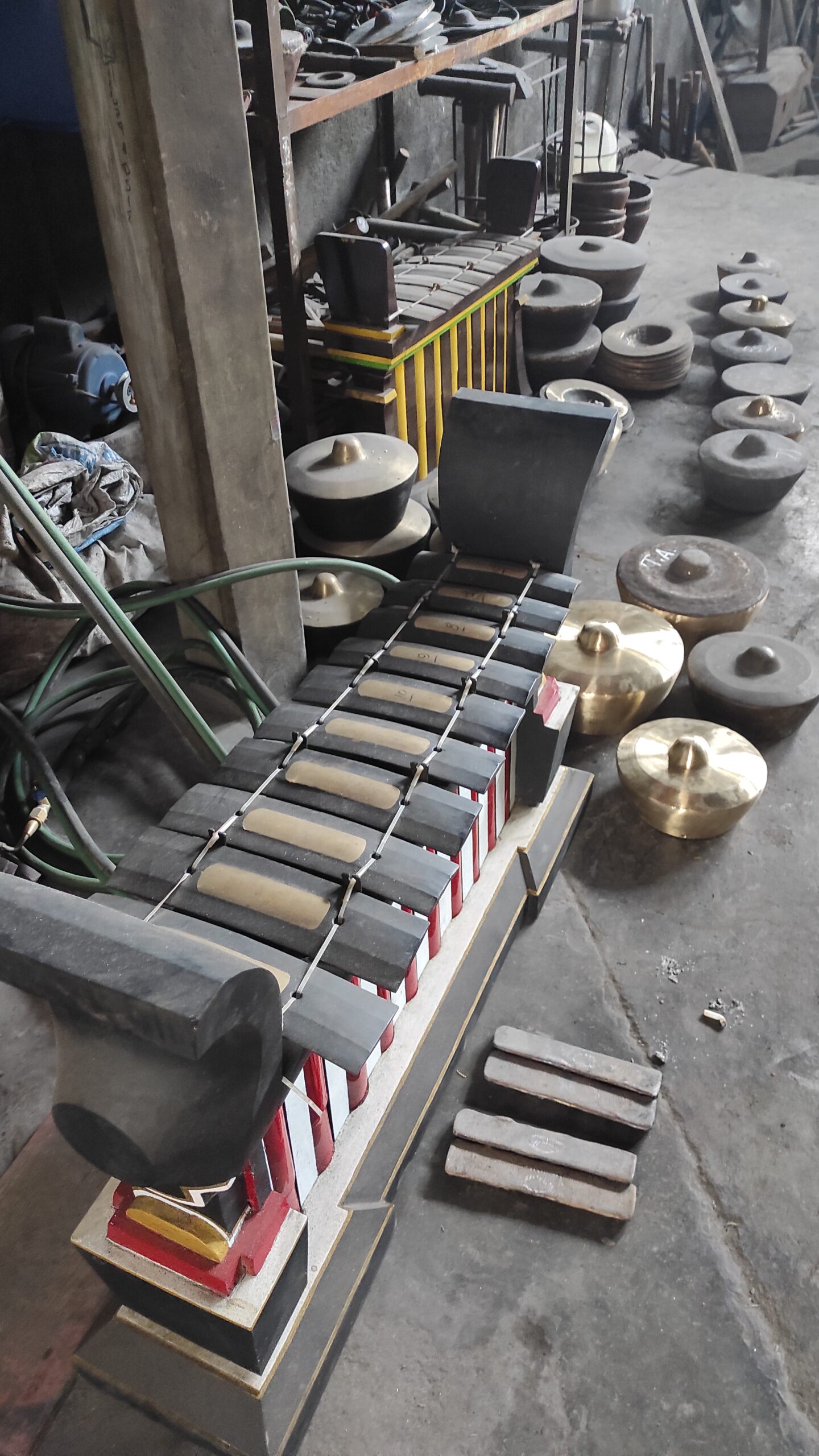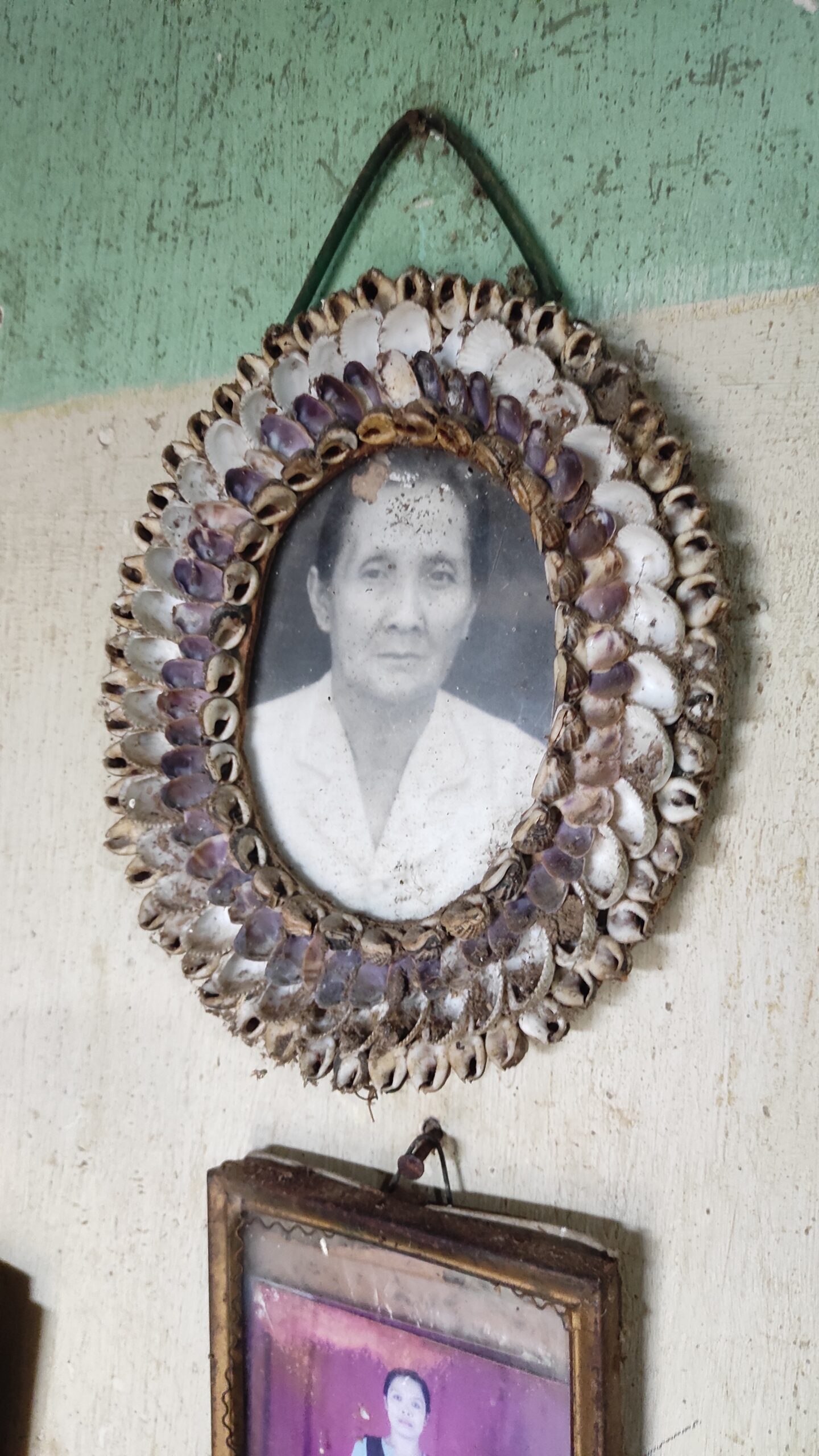I first met Pak Made in 2016, some 6+ years ago. I wrote a story about my visit at that time, and recently visited him again. Of course, the economic landscape has changed, and I have uncovered the entrepreneurial strength of a Balinese Master who has truly thought things through. So, this is the updated story. Please enjoy.
We’ve all seen the construction methods in Bali, where things are done just the same as how it was done in times past. Everyone has a comment to make or a story to tell. This is not one of those stories. Its about traditional skills being handed down generation to generation, even 11 generations !
When you first come to Bali, its exciting to discover the Hindu culture, see the ceremonies and the offerings, people gaily dressed in traditional attire, and smell the burning incense. A prominent signature item of Balinese Hindu culture is the Gamelan. Its instantly recognisable. Yet the Gamelan is one instrument of the Balinese orchestra, collectively called Gong. A Gong Gede is, and means, a big orchestra. Gong Kebyar is probably now the most prominent in Bali, having morphed from other Gongs in the early 1900s. The first recorded performance of Gong Kebyar was in Singaraja in 1915.
Meet the Gong makers. For 11 generations, one family is famous as master craftsmen of the Gong. Hidden in a small lane in the Sawan district of north Bali, Pak Made and his family have an extensive workshop area within the family compound. Like other metalworkers in the village, they are members of Pasek Pande, the clan of smiths. Pak Made and his staff specialise in creating bronze instruments.
While they also craft Gong sets in steel for poorer communities and schools, their reputation is founded upon the sound depth and purity of bronze Gong ensembles.
Twenty five different instruments comprise a Gong Kebyar. Many are made in pairs, like the hand cymbals or ceng ceng. The actual gongs, jegog and jublag, are also made in pairs, one larger than its partner, male and female. With an average diameter of 15cm, the trompong is an upturned bowl with a raised disc in the centre. Up to 12 of these are mounted horizontally in a carved timber frame. Each one takes up to 16+ hours to forge and fashion, often from 7am till almost midnight.
Pak Made knows the temperature of the metal by its colour while in the furnace. Too cool and it will be brittle under the hammer. Too hot risks the metal becoming too thin when beaten to shape. Either result means re-smelting to start anew. He told me that if the metal gets too thin, there is a change in sound. Each trompong will have a slightly differing sound to its neighbour.
Most of the instruments groups are in 5 notes and two octaves, so usually 10 notes altogether. When the pairs are struck simultaneously with mallets, the slight tone difference creates a harmonic, a sound vibration. This is part of what makes the Balinese Gong orchestras unique.
A full bronze Gong set can take up to 7 months to complete. Speed is not the main concern; quality of sound and workmanship are the essentials. Pak Made and his staff also have their time allocated for repair or replacement of damaged components of other Gong sets in Bali. And Pak Made regularly checks Gong sets on location for signs of wear or damage, or poor maintenance. Worn areas can negatively impact the sound quality. In pursuing this, Pak Made has a spiritual responsibility, since Saraswati is the Goddess of wisdom – including books, knowledge, learning and the study and use of creative arts.
Every Gong set will have its resident spirits, so ceremonies are required as a sign of respect. Pak Made also believes that his hands are guided by Saraswati during the making of each piece. After many years, he can select any component and strike it to check if its sound is correct – he knows every pitch intimately.
Depending on the quality of the timber used in the frames, a Gong Kebyar can cost IDR450 million, or around $AUD50 grand. They find their way into European collections, and since they take so long to make, every set will find an owner.
Whether affordable or not, many tourists want to see the process or learn to play some of the instruments. Groups now need to make appointments in advance of a visit. Pak Made once had a day off and 4 buses arrived unannounced. He called in his staff and paid them for their time. The tour guides took up half a day and left without any payment, so it cost him to pay his staff to provide the demonstrations.
Yet for those keen observers, he welcomes anyone who has an interest and simply wants to watch the process. He is always prepared to share his love of his craft. He previously told me he had future plans for a teaching facility where both music and traditional Balinese dance can be learned. The venue is already there, and a suitable manager was available. Accommodation is the next step, and he would start that if he knows there is enough interest. People come to Bali to study yoga, so why not traditional Balinese music and dance?
Today, with the rising cost of materials, and the tight economic situation, Pak Made’s occupation and business model have been placed in a difficult position. Coupled with that, if Pak Made and his staff ceased making Gamelan instruments, or repairing damaged and worn orchestral items, the basis for parts of Balinese Hindu ceremony and culture will suffer.
Pak Made thought ‘what would happen if?’ and set to work experimenting in his furnace room. After almost the year he has succeeded. The rising cost of brass has been an ongoing financial issue as it’s the main material used in his smelter to make the bronze instruments. At 300,000 rupiah per kg, it’s expensive. Small communities could not afford to buy a new Gamelan Gong, with the cost now exceeding 500 Million rupiah for a complete set of 25+ instruments. But how to make it affordable?
Steel is only 15,000 rupiah per kg, yet the sound does not hold the same pitch depth and quality.
However, after a year of experimenting in his melting room, and many hours over the furnace, Pak Made and his staff have successfully combined the two metals. A thin strip of bronze overlays a base of steel for the saron, and the tops of the trompong are bronze, while the complete base is made of steel. The sound? Virtually identical. So, the material cost factor is reduced, and although the work hours have increased, overall costs have been stabilised. Production costs have not risen to the point of being unaffordable for Balinese music ensembles.
Entrepreneurship at it’s finest.

